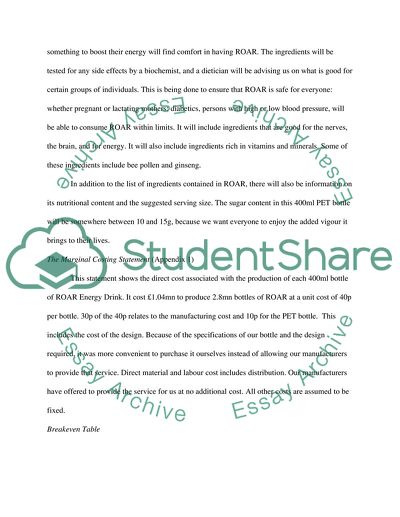Cite this document
(Introduction to Accounting and Finance: ROAR Essay - 1, n.d.)
Introduction to Accounting and Finance: ROAR Essay - 1. Retrieved from https://studentshare.org/finance-accounting/1746265-introduction-to-accounting-and-finance
Introduction to Accounting and Finance: ROAR Essay - 1. Retrieved from https://studentshare.org/finance-accounting/1746265-introduction-to-accounting-and-finance
(Introduction to Accounting and Finance: ROAR Essay - 1)
Introduction to Accounting and Finance: ROAR Essay - 1. https://studentshare.org/finance-accounting/1746265-introduction-to-accounting-and-finance.
Introduction to Accounting and Finance: ROAR Essay - 1. https://studentshare.org/finance-accounting/1746265-introduction-to-accounting-and-finance.
“Introduction to Accounting and Finance: ROAR Essay - 1”, n.d. https://studentshare.org/finance-accounting/1746265-introduction-to-accounting-and-finance.


